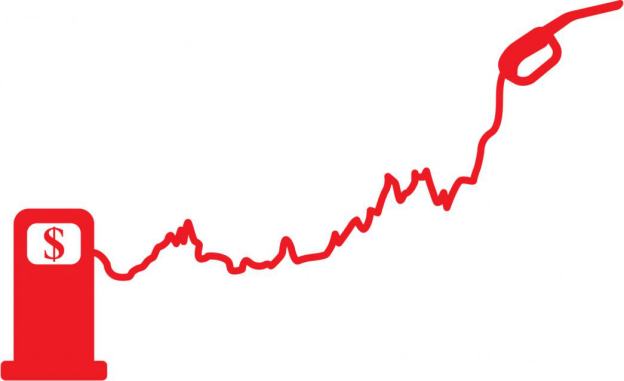Gasoline prices fluctuate (and vary) – with time, region and season.
As a gas station owner, it’s crucial that you understand what causes these fluctuations and variations, so you’re better able to explain them to your customers when they come inquiring.

Knock knock <on the office door>: Hey, can you please explain to me why you’re selling gas at a higher price than that gas station across the town?
Fluctuations and Variations in Gasoline Prices
There are many factors that affect gasoline prices. These include:
Global supply and demand of crude oil
This is the primary factor, and often the most common reason for fluctuations in gasoline prices.
When global demand of crude oil increases (or supply decreases), the price of crude oil increases. Consequently, gasoline prices increase.
Conversely, when global demand of crude oil decreases (or supply increases), the price of crude oil decreases. Resultantly, gasoline prices also decrease.
Gasoline taxes
Taxes dictate gasoline prices—both on federal and state level. Whenever gasoline tax prices change federally or on state level, gasoline prices follow the suit.
While the federal tax on gasoline has remained at 18.4 cents per gallon since 1993, state-specific taxes have varied and continue to vary.
Seasonal factors
You might have noticed that gasoline prices tend to shoot up in the summers. This happens because of two reasons:
- First, most refineries shut down for maintenance in summer which affects the fuel supply. As a result, gasoline prices increase.
- Second, the cost of production of summerfuel blends is higher than winter fuel blends, due to which gasoline prices increase in summer.
Distance between a gas station and refinery
Local variations within a state or jurisdiction can be explained by the variations in the distances between individual gas stations and refineries.
A gas station located further away from a refinery purchases gasoline at a higher price than a gas station located closer to a refinery. The extra cost (or savings) are then passed on to consumers, thus accounting for the variations in gasoline prices.
Giving your customers a satisfying explanation to the changes in gasoline prices could be the difference between losing or retaining them. Make sure you understand the factors that cause fluctuations and variations in gasoline prices, so you can give a valid reason to your customers.
A BONUS read: For Gas Stations [Newbies]: When Your Diesel Fuel Catches Cold




